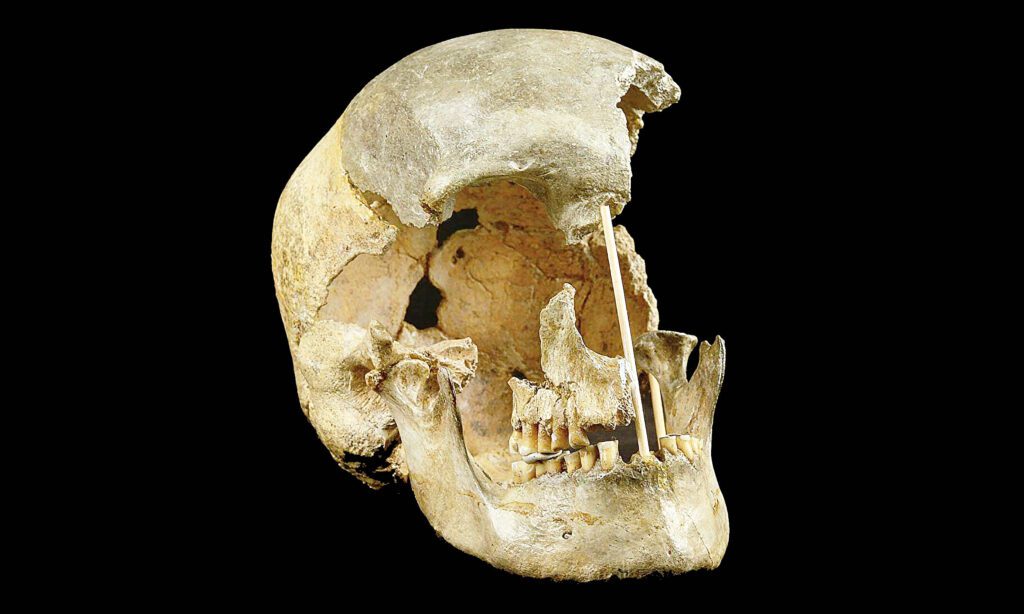Around 45,000 years ago, a new wave of modern humans migrated into Europe, coexisting with Neanderthals for about 5,000 years. Genetic evidence indicates that if you have non-African ancestry, about 2-3% of your genes come from Neanderthals, a legacy of these ancient interactions.
Recent discoveries in Germany’s Lanis Cave revealed bones from at least six individuals, suggesting they belonged to a broader community rather than isolated wanderers. DNA analysis linked a skull found in the Czech Republic to this group, indicating familial ties. This connection supports the notion that both the Czech and German populations shared a cultural toolset, known as LRJ Tools, previously debated as being made by either Neanderthals or modern humans.
The Max Planck Institute for Evolutionary Anthropology sequenced the oldest high-quality modern human genome, discovering that these early Europeans have no direct descendants today. Interestingly, while they carried ancient Neanderthal DNA, they lacked more recent Neanderthal ancestry, hinting at a unique migration or interaction pattern in Europe.
Predictions based on genetic traits suggest that these ancient humans likely had dark skin, hair, and brown eyes. Although they didn’t survive long-term, they were among the first modern humans to venture into Europe, paving the way for future populations. Their brief existence leaves behind a complex legacy of connection and survival in a challenging environment.
Source link


